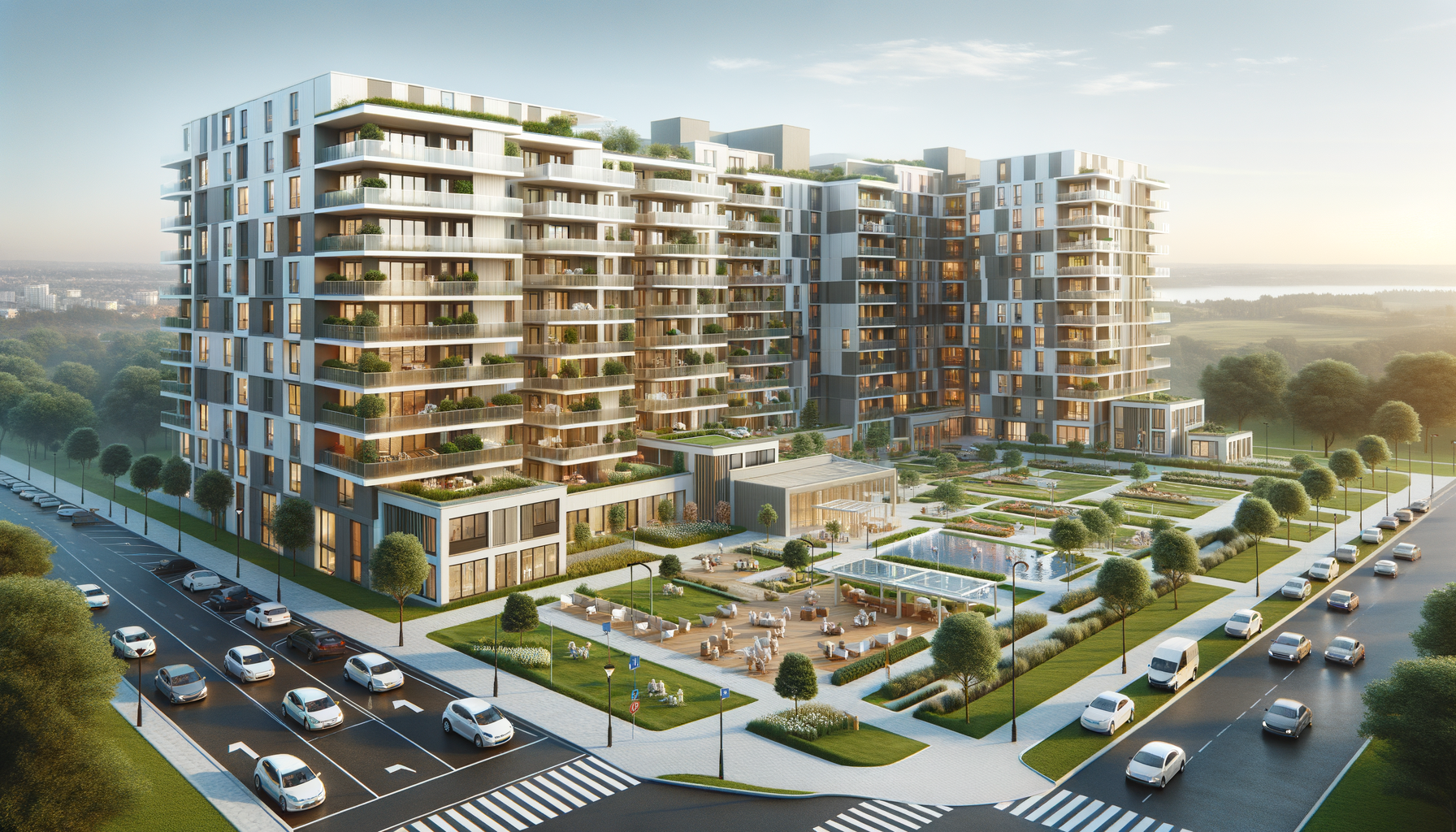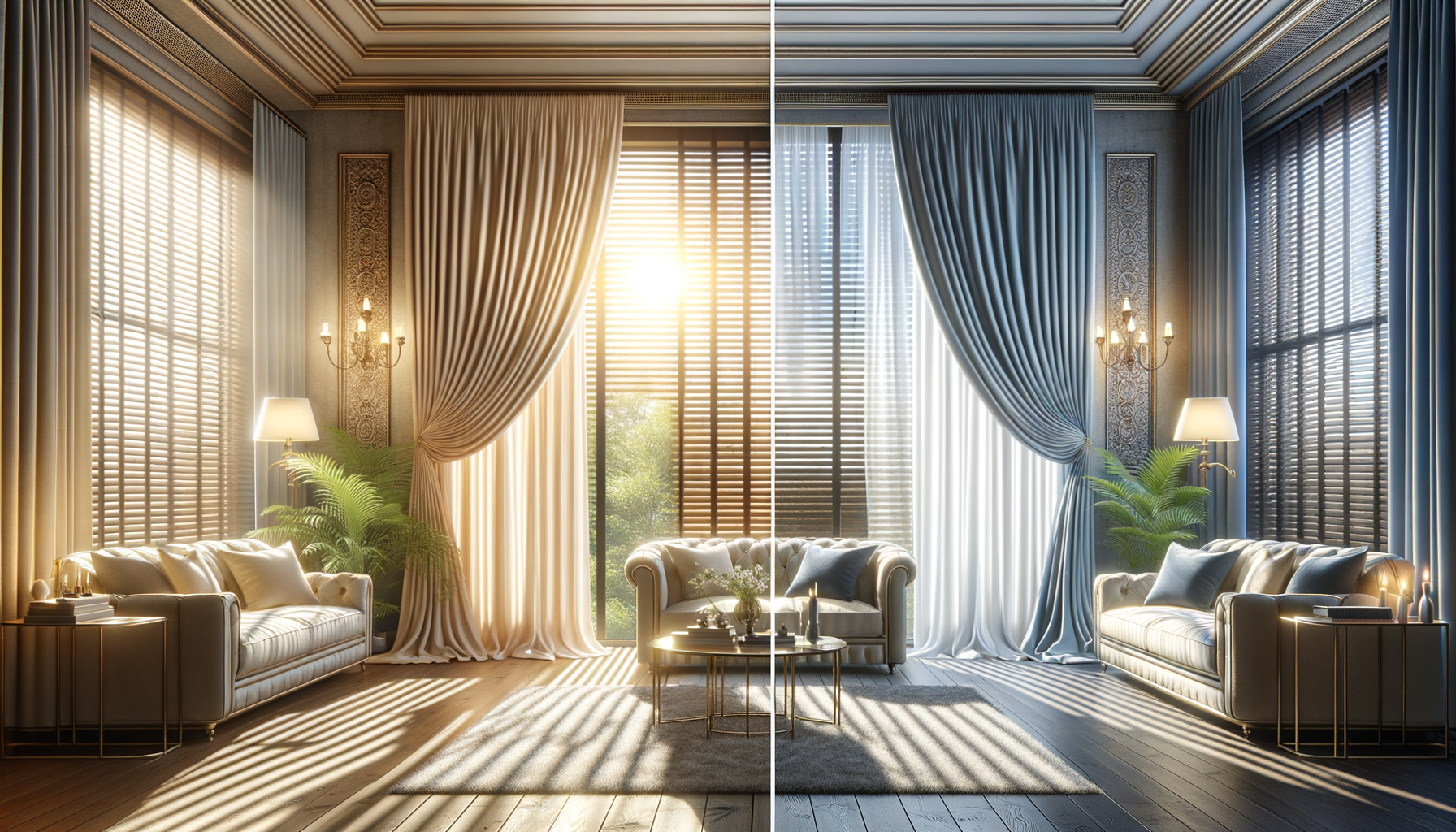Introduction to Senior Apartments
As the population ages, the demand for senior living options is growing, and senior apartments are becoming an increasingly popular choice. These specialized living spaces offer a blend of independence, community, and convenience, catering specifically to the needs of older adults. The concept of senior apartments is not just about providing a place to live; it’s about creating a vibrant community where residents can enjoy a fulfilling lifestyle with ample opportunities for social engagement and personal growth.
Senior apartments are designed to offer a supportive environment that balances independence with access to necessary assistance. This model of living is particularly appealing to those who are looking to downsize from larger homes or who wish to be part of a community that understands their lifestyle and needs. The amenities and activities available in these communities often include fitness centers, social clubs, and organized events, all aimed at enhancing the quality of life for residents.
Benefits of Choosing Senior Apartments
Choosing senior apartments comes with a multitude of benefits that cater to both practical and emotional needs. One of the primary advantages is the reduced burden of home maintenance. With services like landscaping, repairs, and housekeeping often included, residents can focus more on enjoying their time rather than worrying about upkeep.
Another significant benefit is the sense of community. Senior apartments often foster environments where social interaction is encouraged. This can be particularly important for seniors who may otherwise face isolation. The availability of common areas and organized activities provides ample opportunities for making new friends and participating in group activities.
- Convenient locations often near shopping, dining, and healthcare facilities.
- Safety features such as emergency call systems and secure entry points.
- Access to transportation services for those who no longer drive.
Types of Senior Apartments
Senior apartments come in various types, each designed to cater to different levels of care and lifestyle preferences. The most common types include independent living, assisted living, and continuing care retirement communities (CCRCs).
Independent living apartments are ideal for seniors who are self-sufficient but prefer living in a community with peers. These apartments often include amenities such as meal plans, housekeeping, and recreational activities.
For those who require some assistance with daily activities, assisted living apartments offer a supportive environment where help is readily available. These communities provide services such as medication management, personal care assistance, and health monitoring.
CCRCs offer a continuum of care that can accommodate changing needs over time. Residents can transition from independent living to assisted living or skilled nursing care within the same community, providing peace of mind for the future.
Financial Considerations
When considering senior apartments, understanding the financial implications is crucial. Costs can vary widely depending on location, services offered, and the level of care required. Some communities operate on a rental basis, while others may have buy-in or membership fees.
It’s important to evaluate what is included in the monthly fees. Typically, these cover rent, utilities, and access to community amenities. However, additional services such as meals, transportation, or personal care may incur extra charges.
Potential residents should also explore financial assistance options. Many areas offer programs to help seniors afford housing, including subsidies or tax credits. Consulting with a financial advisor can provide clarity and help in making informed decisions.
Future Trends in Senior Apartments
Looking ahead, senior apartments are likely to evolve to meet the changing needs and expectations of future generations. Technology integration is expected to play a significant role, with smart home features becoming more commonplace. These may include voice-activated systems, health monitoring devices, and virtual communication tools to keep residents connected with family and healthcare providers.
Sustainability and eco-friendly designs are also gaining traction. Future senior apartments may incorporate energy-efficient appliances, sustainable building materials, and green spaces to promote a healthier living environment.
Moreover, as the diversity of the senior population increases, there will be a greater emphasis on culturally inclusive communities that cater to various backgrounds and preferences. This trend will likely influence the types of amenities offered, the design of community events, and even the culinary options available.




Leave a Reply